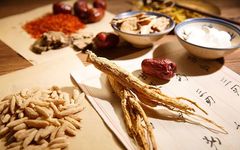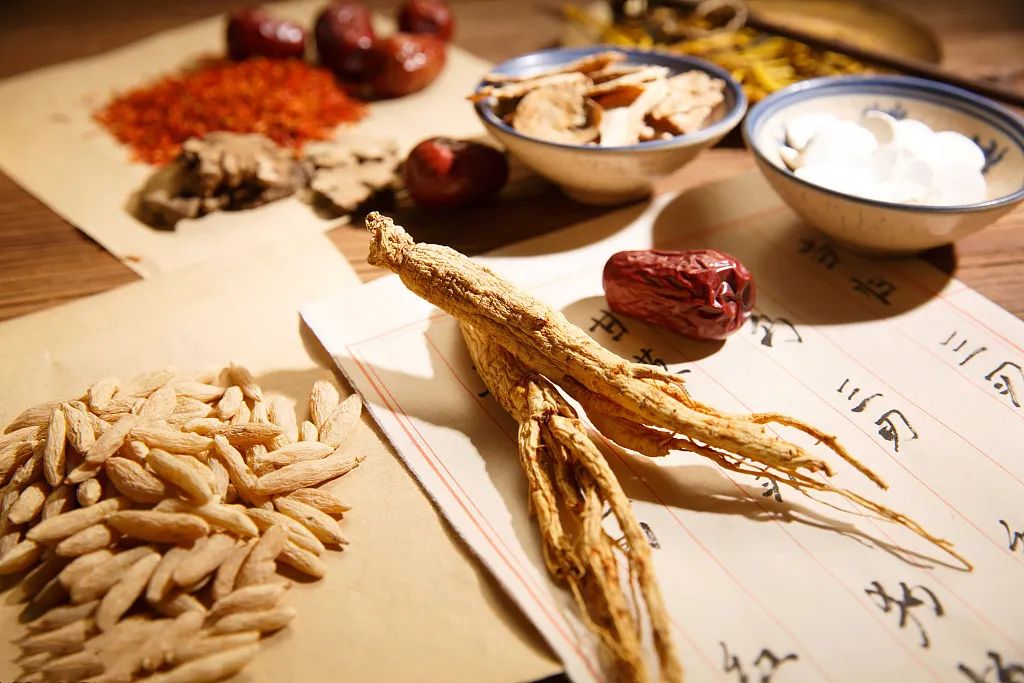

 In clinical practice, due to the high cost of Ren Shen (Ginseng), we often prescribe Dang Shen (Codonopsis) as a substitute. Although both are named “shen,” they belong to different families and have distinct effects, leading to a significant difference in therapeutic efficacy. Let us explore the differences between these two types of ginseng!
In clinical practice, due to the high cost of Ren Shen (Ginseng), we often prescribe Dang Shen (Codonopsis) as a substitute. Although both are named “shen,” they belong to different families and have distinct effects, leading to a significant difference in therapeutic efficacy. Let us explore the differences between these two types of ginseng!
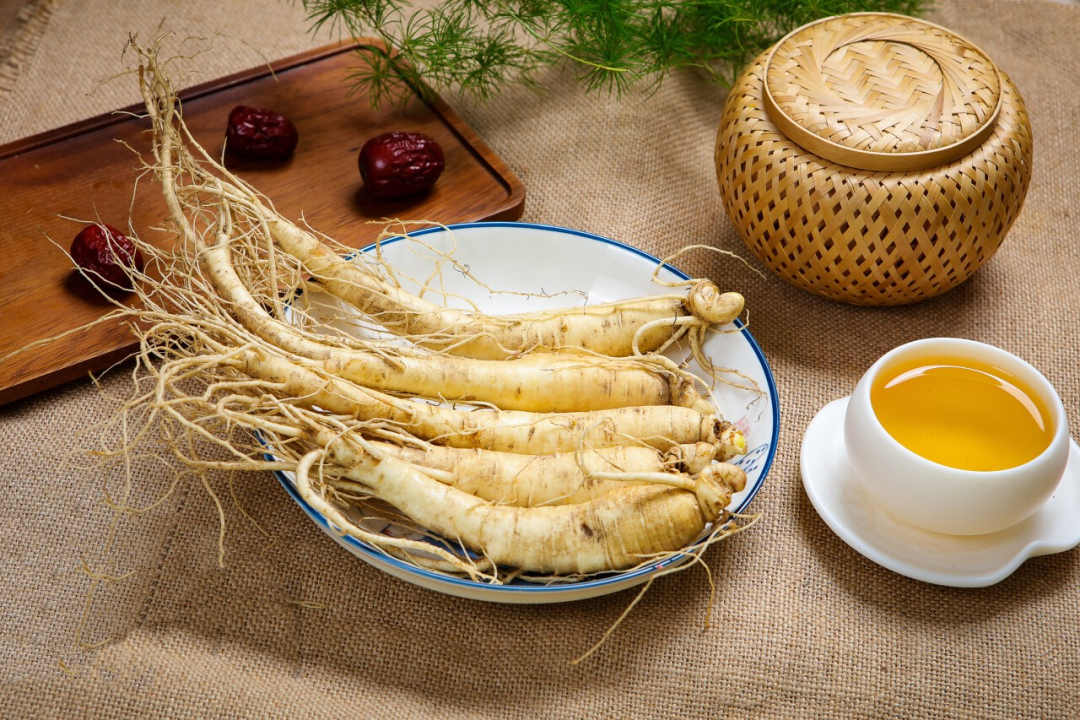 1
1
The differences in the botanical properties of Ren Shen and Dang Shen. In the herbal literature prior to Zhang Shiwan’s “Benjing Fengyuan,” there were entries for Ren Shen but none for Dang Shen, or they were confused, as noted in the “Bielu” which states: “Ren Shen grows in the upper Party Mountain Valley and Liaodong.”
Li Shizhen in “Bencao Gangmu” stated: “The upper Party is now Luzhou. The people consider Ren Shen to be harmful to the locality and no longer harvest it; what is used now is all Liaosheng.” He also mentioned: “Now Luzhou cannot produce it, and other places are even less reliable.”
This indicates that the Ren Shen produced in Luzhou was not seen by Li, suggesting that Luzhou does not produce Ren Shen, while Ren Shen is found in Liaodong. This may be limited by historical conditions and a lack of knowledge in pharmacognosy.
Especially in modern times, due to the high price of Ren Shen, Dang Shen is often used as a substitute, but the differences in family, origin, and function are significant and worth clarifying.
Ren Shen is a plant of the Araliaceae family, primarily produced in the three northeastern provinces of China, with Jilin Province having the highest yield. The wild variety is called “Yeshan Shen” (wild ginseng), while the cultivated variety is called “Yuanshen” (garden ginseng). If young wild ginseng is transplanted to fields, or young garden ginseng is transplanted to the wild and grows, it is referred to as “Yishan Shen” (transplanted ginseng).
Its taste is sweet with a slight bitterness, and the raw form is neutral in nature, such as raw sun-dried ginseng and white sugar ginseng, while the cooked form is slightly warm, such as red ginseng and Biezhi ginseng.
Ren Shen has the functions of tonifying qi and nourishing blood, calming the spirit, and stabilizing collapse, which can enhance the body’s resistance to disease, treat various deficiencies, spleen and stomach weakness, sudden blood loss, and insufficient heart qi.
Ji Yi Dongdong in “Yao Zheng” states: “Ren Shen is indicated for hardness and distension below the heart; it also treats loss of appetite, vomiting, preference for spitting, heart pain, abdominal pain, and sudden palpitations.”
This is based on the indications of Xiao Chai Hu Tang and Ban Xia Xie Xin Tang from the “Shang Han Lun,” which has its significance.
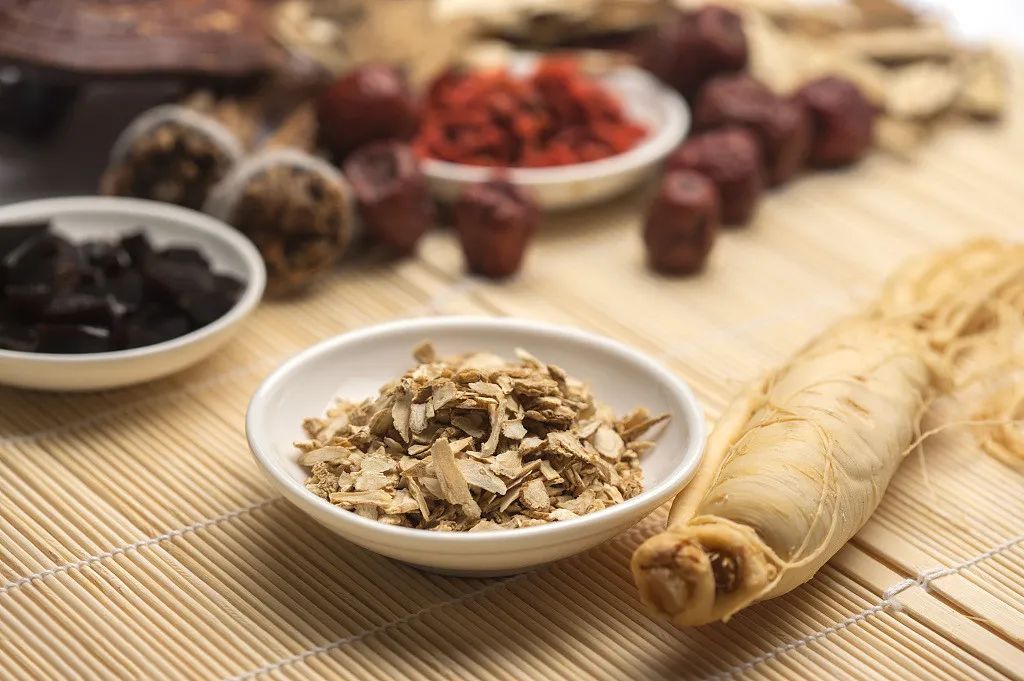
2
On the pros and cons of using Ren Shen, Xu Ling Tai elaborated. In “Benjing Baizhong Lu,” he said: “Ren Shen is powerful and potent; if used improperly, its harm is greater than that of other medicines.”
Currently, among physicians using ginseng, there are few who save lives, while many who cause death. It is said that one in ten deaths is due to deficiency, while eight or nine are due to disease.
Ren Shen excels at tonifying deficiency but is less effective at attacking diseases. Physicians do not differentiate whether the disease has been resolved or not; for those with chronic illness or weak bodies, or wealthy individuals, ginseng is always used. This is due to excessive caution and a way to evade responsibility. Patients also consider using ginseng as a way to show filial piety, not realizing that using ginseng when the disease has not resolved will not only fail to replenish qi but will also solidify the root of the disease, rendering plasters ineffective, and ultimately leading to no recovery, hence the saying that it causes many deaths.
Some argue that in Zhang Zhongjing’s formulas for cold damage, there are many instances of using ginseng when the disease has not resolved, such as in Xiao Chai Hu Tang and Xin Jia Tang; why is this? This is because it is a method of tonifying while purging.
Ancient practitioners were meticulous in diagnosing conditions, understanding that diseases can be categorized as combined or separated. In combined cases, evil and righteousness coexist, and the focus is on attacking and dispersing. In separated cases, evil and righteousness are apart, with both deficiency and excess present; in excess areas, purging is appropriate, while in deficient areas, tonification is suitable. Within a single formula, using both is not problematic and can be mutually beneficial, thus using ginseng to build the center and generate fluids, while expelling evil qi is even more effective.
If evil qi is still strong and has not separated, it is essential to treat it specifically, and there is no method of using ginseng. Moreover, it is also included in dispersing medicines, and there are no instances of it being combined with cooked rehmannia or wolfberry in formulas for infectious diseases. Understanding this, one can avoid using ginseng to harm others.
Additionally, there is Tai Zi Shen. In the past, small ginseng was selected and called “Tai Zi Shen,” which was also slightly cheaper. However, the Tai Zi Shen sold in pharmacies today is often the root of the Caryophyllaceae family, which is used as a substitute for ginseng, having only the function of generating fluids, while its qi tonifying power is weak.
Western ginseng is also a member of the Araliaceae family. Wu Yiluo’s “Bencao Congxin” states that its taste is sweet with a slight bitterness, and it is cool in nature, tonifying the lungs, reducing fire, generating fluids, and suitable for those who are fatigued and have deficiency with heat.
In modern clinical practice, formulas like Bai Hu Jia Ren Shen Tang or Zhu Ye Shi Gao Tang often use western ginseng as a substitute, as its properties seem to align better with heat-related diseases.
For example, a patient with hemolytic anemia previously used Biezhi ginseng, but the heat from the blood could not be controlled, resulting in dry lips and confusion. I prescribed a formula of Di Huang Tang with 3g of Biezhi ginseng and 6g of western ginseng, and after two doses, the blood stopped and the spirit cleared, demonstrating that western ginseng’s cool nature can neutralize the warmth of Biezhi ginseng, achieving a harmonious effect.
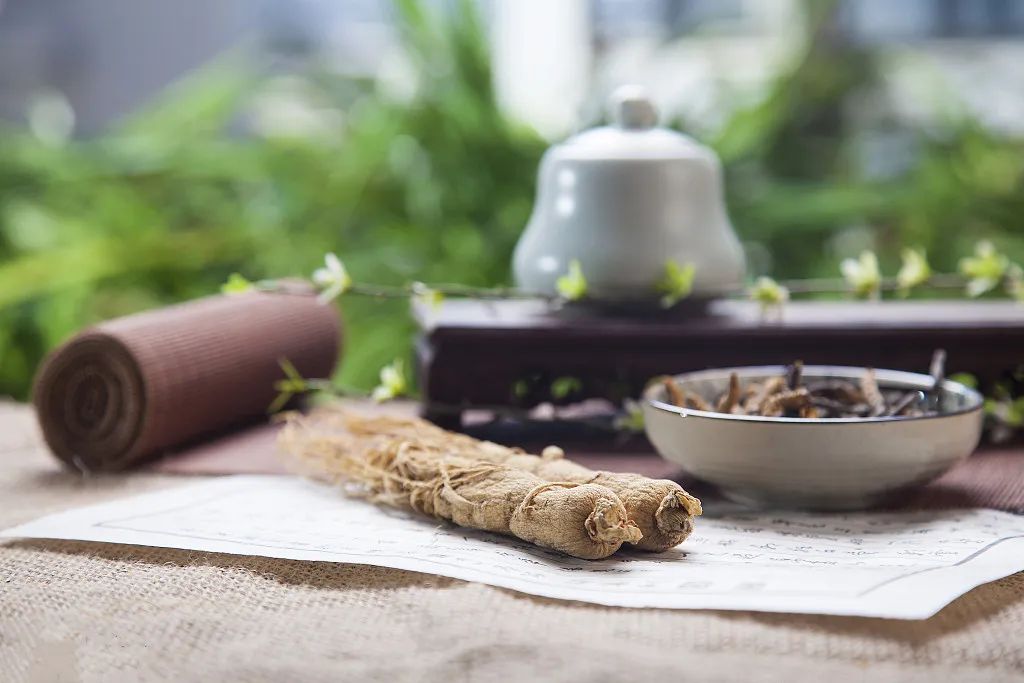
3
Recent advancements in pharmacological research on ginseng by domestic and international scholars have revealed new findings, with the main components being ginsenosides, glucose, and rhamnose.
The stem and leaf components are basically the same as those of the root. The ginseng leaf also contains the same saponins, and clinical trials have shown that its emetic effect is not significant, and it can also be used medicinally.
Pharmacological experiments indicate that it can regulate the excitation and inhibition activities of the cerebral cortex; it can provide a defensive effect against various harmful stimuli; and while it does not produce adrenal cortex hormone-like effects on the pituitary-adrenal cortex system, it does have some influence.
Reports indicate that ginseng can enhance tissue respiration, promote carbohydrate glycolysis, increase energy metabolism, and stimulate protein synthesis, thereby enhancing immune function.
Other experimental studies suggest that it has a certain preventive effect on experimental gastric ulcers in rats; however, another study indicated that it exacerbated pyloric ligation ulcers in rats. The experimental results are inconsistent, which may be related to differences in experimental methods.
Dang Shen was first recorded in Zhang Shiwan’s “Benjing Fengyuan” in 1705, followed by entries in Zhao Xueming’s “Bencao Gangmu Shiyi” and Wu Yiluo’s “Bencao Congxin,” establishing it as an independent item.
Botanically classified, it belongs to the Campanulaceae family, with roots that are long and cylindrical, 1-1.7cm in diameter, with a slightly larger root tuber at the top, and the outer skin is milky yellow to light gray-brown, with many longitudinal wrinkles, distinguishable from ginseng by its beak-like root tip and many straight lines and root hairs. This product is produced in Shanxi and Gansu provinces, with functions of clearing lung fire, strengthening the spleen, and generating fluids.
“Ben Cao Feng Yuan” states: “Upper Party ginseng, although it lacks the strong warming and tonifying effects, has the power of sweet, neutral, and clear tonification, and is not as cold as Sha Shen, which specializes in draining lung qi.” Zhang’s evaluation of its efficacy is quite fair. In modern times, Zhang Shanlei in “Bencao Zhengyi” states that Dang Shen “can tonify the spleen, nourish the stomach, moisten the lungs, generate fluids, and strengthen the middle qi, which is not far from Ren Shen… but its strength is relatively weak and cannot be sustained.”
For those with deficiency after illness, taking two to three qian (a traditional weight unit) can stop the excessive movement of spirit for a day, which is in line with the principles of moderation and balance, though some may not tolerate it for long.
However, it assists in nourishing the center and moistening the four corners… thus, all ancient and modern formulas that use Ren Shen can be replaced by Lu Dang Shen.” This shows that the use of Dang Shen as a substitute for Ren Shen has a long history, but the functions of Dang Shen and Ren Shen are significantly different and should be carefully distinguished in application.
Regarding the components and pharmacological research of Dang Shen, it has been reported that its root contains saponins and trace alkaloids, sucrose, glucose, and mucilage.
Animal experiments indicate that Dang Shen can slightly increase red blood cells and hemoglobin, elevate blood sugar, and reduce white blood cells. I have previously used 60g of Dang Shen as a daily dose to treat chronic myelogenous leukemia, resulting in a decrease in white blood cells and alleviation of the condition, which seems to align with animal experiments.
In summary, the botanical families, origins, functions, and components of Ren Shen and Dang Shen are significantly different, with each having its unique effects.
The above is for reference only; please consult a physician for guidance in treatment.
Reviewed by: Pharmacist Lu
Edited by: Sanqi Xiaomei
Return to the main pageReply with any keywords
to view the corresponding articles
| Back Diagnosis | Face Diagnosis | Tongue Diagnosis | Sweat Diagnosis | Eye Diagnosis | Differentiation |
| Gua Sha | Cupping | Moxibustion | Acupressure | Foot Therapy | Meditation |
| Patting | Stretching | Veins | Nails | Acne | Stones |
| Liver Cirrhosis | Home Feng Shui | Sanfu Paste | Vinegar Soaked Eggs |
| Tips | Tests | Winter Disease Summer Treatment | Self-Healing |

